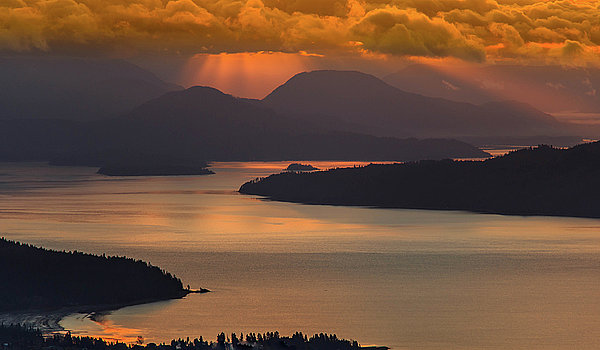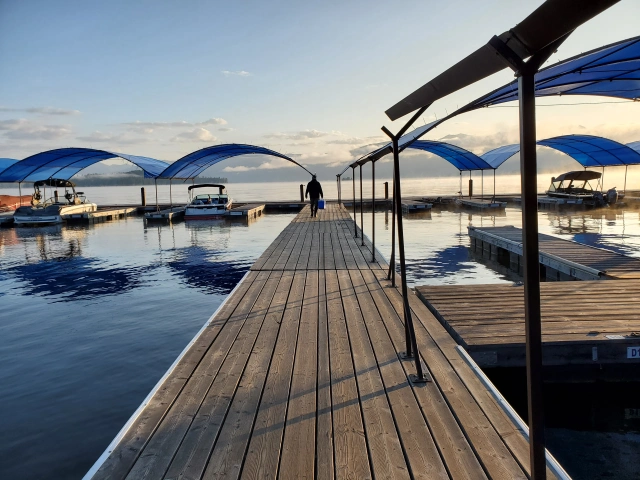LAKE PEND OREILLE, PEND OREILLE RIVER, PRIEST LAKE, PRIEST RIVER COMMISSION (“LAKES COMMISSION”) HAS FULL AGENDA FOR PRIEST RIVER MEETING

By Ford Elsaesser, Chairman
On behalf of the Lake Pend Oreille, Pend Oreille River, Priest Lake, Priest River Commission (“LAKES COMMISSION”), I would like to invite the public to join the LAKES COMMISSION for its spring meeting at the historic Beardmore Building in downtown Priest River on Friday, April 6, 2018. Attached is the agenda.
Numerous issues of public concern from the Priest Lake Thorofare, to the proposed Silica Smelter, to a discussion with regard to rail safety and local emergency response, all make for a packed agenda, which can be obtained here.
Thanks to the efforts of our area legislators, and particularly Sen. Shawn Keough, this has been a very productive year for “lake issues” at the recently concluded legislative session in Boise. The statutory charter creating the LAKES COMMISSION was broadened to include our ability to be involved in the renegotiation of the Columbia River Treaty, including the ability to have professional representation on behalf of the LAKES COMMISSION “at the table” when these critical Columbia River Treaty negotiations begin. There will always be nearly year-round demand for water and storage capacity at Lake Pend Oreille, and those demands nearly always conflict with the recreational lake levels that we believe were guaranteed by the federal legislation enabling the Albeni Falls Dam. With expanded jurisdiction and additional funding, we look forward to making sure our region’s voices are heard in the Columbia River Treaty renegotiations.
In the critical dry summer of 2015, the LAKES COMMISSION convened an emergency meeting at Hills Resort in Priest Lake, during a time when the Priest River nearly went dry. That meeting in conjunction with efforts of the Idaho Water Resources Board, as well as the efforts of Steve Klatt on behalf of the Bonner County Commissioners, resulted in a two-year project to both restore good access to the Upper Lake with regard to the Thorofare, and provide improvements to the Outlet Dam that would allow more water to be stored at Priest Lake in dry years, which in turn would ensure decent streamflow for the Priest River. I am pleased to advise that both the Thorofare project and the Outlet Dam project, again due to the leadership of Sen. Keough, Representative Dixon and our other legislators, as well as Dale Van Stone from the Idaho Water Resource Board, have resulted in projects that will commence very soon. These projects will greatly benefit the residents, visitors, and businesses of Priest Lake, as well as all of those who enjoy the Priest River during the summer months.
Other important issues for this coming Friday’s meeting include the Cold Water Bypass concept for the Priest Lake outlet, and an aquatic invasive species update, including the plans for checkpoints for 2018, to continue to prevent zebra mussels and other invasive species, and keep them away from our beautiful lakes and rivers.
Please join us in Priest River at the Beardmore Building in Priest River at 9 am this coming Friday, April 6. Refreshments and snacks will be provided, and we look forward to a lively meeting.
 The top foot of Lake Pend Oreille will begin its trek to the Columbia River Monday, September 18th. From there, it won’t be lowered more than a foot before September 25th or the 4th weekend and will begin its full drawdown around October 1st. It is anticipated to be lowered to its lowest level of 2051 – 2051.5 by November 15th (when Kokanee typically begin lake spawning).
The top foot of Lake Pend Oreille will begin its trek to the Columbia River Monday, September 18th. From there, it won’t be lowered more than a foot before September 25th or the 4th weekend and will begin its full drawdown around October 1st. It is anticipated to be lowered to its lowest level of 2051 – 2051.5 by November 15th (when Kokanee typically begin lake spawning).



